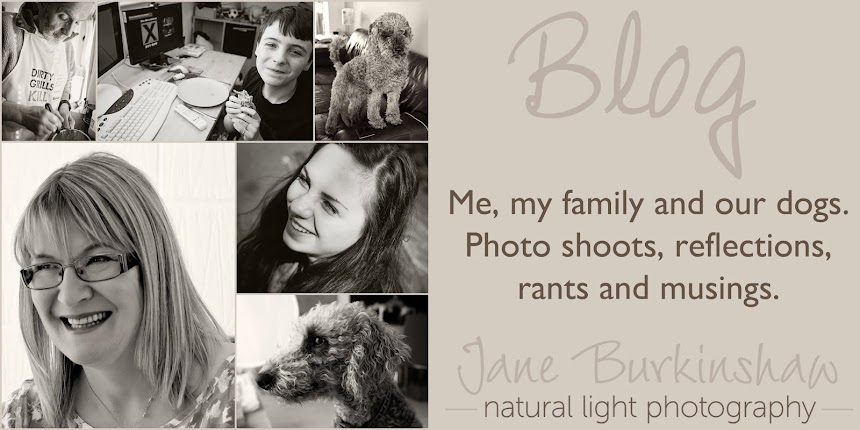Santa has been very generous and has given you your first digital SLR camera for Christmas. You've taken it out of its box, charged the battery, inserted a memory card and attached the strap - all pretty straight forward so far. You've even worked out how to set the time, date and language. Then you've turned to the next section in the manual and probably lost the will to live after about 5 minutes! Do the manufacturers not realise that manuals are mainly read by relative beginners who don't yet know their f-stops from their focal lengths?! The manual goes back in the box (with the CDs containing some software stuff that you don't think you need) and you switch the camera to the familiar green Auto setting. You take some pictures that seem to turn out all right - isn't it nice to have no delay when you take a photo and to be using something that feels like a proper camera.
However, after a little while you get frustrated. Some of your pictures are blurred and the flash fires when you don't always want it to. You had thought that by getting a decent camera you would be able to take much better pictures. You know that you're not using it to its full capability, settling instead for the "safe" Auto setting. You also think you might need another lens too, as the one you have doesn't zoom very far, but you don't know where to start and worry that you could make an expensive mistake.
Well, don't despair, as you are far from alone and help is at hand! The quickest way by far to get to grips with your new camera is to book on a course. You don't need to embark on a year long evening course, a half day or full day workshop will get you off to a great start and you can always book another at a later stage as you progress. There are lots of courses available now and you just need to shop around a bit to find one local to you, at the right level and concentrating on the right photographic subject.
If you live in the Northwest of England then look no further! I've got a full programme of courses for 2014, including courses for parents, bloggers, flower enthusiasts, as well as general beginners. I also offer bespoke sessions tailored to your skills level, camera type and preferred area of photography. I offer advice on what kit you need and what you don't! Although the magic is made in camera, you also need to know how to edit your pictures and I can share my expertise on that too.
You can also learn a great deal from reading books and browsing the internet. Personally I've found that this is only really useful once you've done a course to understand the basics, as many books and blogs assume you already understand apertures, shutter speeds, focal lengths etc.
In the meantime, whilst you decide what is best for you, here are my top tips on how to get started with your new camera:
- Shoot in natural daylight as much as possible - it's much nicer than flash. If indoors, open blinds & curtains and sit people so they are facing the window light.
- Use the P (Program setting) instead of fully automatic, as it still does all the important stuff for you, but won't fire the flash automatically.
- Look up in the manual how to see how fast your shutter speed is. To avoid blurred pictures it should be at least 1/125th of a second.
- If it's slower than this then all you need to do is increase the ISO number. Look up how to do this in the manual and then increase it until it gives you the shutter speed you need.
- If you have to use your flash then make sure you are no closer than 1 metre to your subject and no further away than 3 metres. Don't use the red eye setting, fix it later in a free editing programme like Picasa.
- Have your camera out and ready to use all the time so that you get in to the habit of taking lots of pictures. And do take lots at this stage, as you will learn from your mistakes.
- Look at other people's photographs - in books, magazines and on forums like Flickr and Pinterest. Don't be afraid to copy their ideas in order to learn.
Good luck with your new gadget - with a bit of practise it will soon become your new best friend!
By Jane Burkinshaw. Share this post by clicking on one of the Share buttons on the right hand side. I'd love to hear your comments too!









































